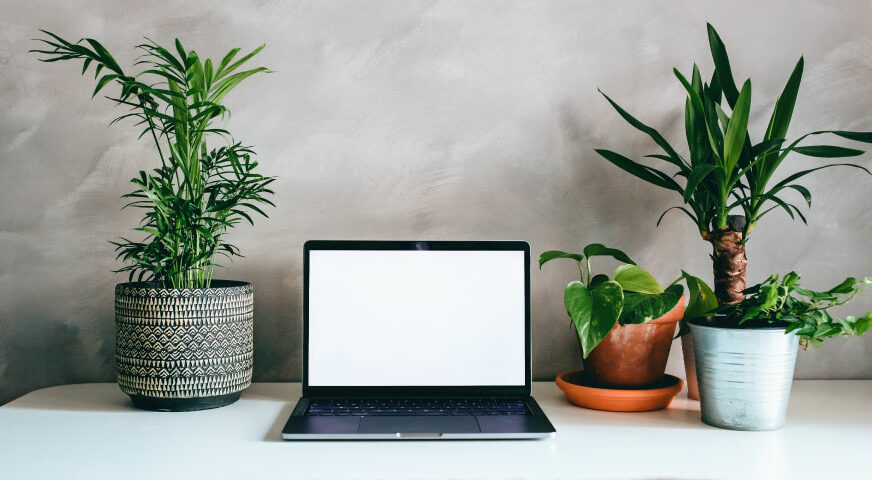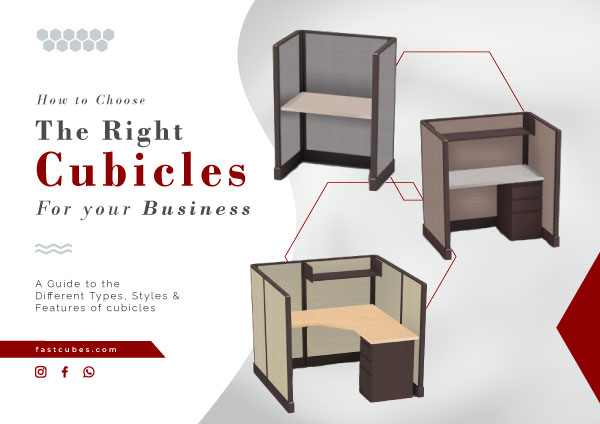The Future of Cubicles: How Technology and Design are Transforming the Way We Work
Cubicles, those iconic workspaces that have long defined office environments, have come a long way since their inception. Thanks to the ever-evolving landscape of technology and innovative design concepts, cubicles are undergoing a remarkable transformation to meet the dynamic needs and preferences of today’s workforce. In this blog post, we will delve deeper into the trends and features that are shaping the future of cubicles and explore how these changes will significantly impact the way we work.
Smart Cubicles: Where Technology Meets Productivity
Perhaps one of the most remarkable trends in cubicle design is the integration of smart technology. These modern cubicles are equipped with sensors, touchscreens, voice assistants, and wireless chargers, all of which make the workspace an intelligent and responsive environment. Imagine a cubicle that adjusts its lighting, temperature, and even the height of your desk to match your preferences, all at the touch of a button. These smart features go beyond mere convenience; they have the potential to revolutionize the way we work. Moreover, these smart cubicles can seamlessly communicate with other devices and systems, such as calendars, emails, and security protocols. For instance, a smart cubicle can automatically schedule a meeting room, send reminders, or secure your personal items when you step away.
Flexible Cubicles: Adaptability Redefined
Another exciting trend in cubicle design is the emphasis on flexibility and modularity. The traditional static cubicle is now a thing of the past. The contemporary cubicle offers an array of customizable features, allowing users to easily rearrange and personalize their workspace according to their needs and the available space. By moving or removing walls, adding or subtracting chairs, or adjusting the layout, a cubicle can transition from an individual workspace to a collaborative hub in a matter of moments. This newfound flexibility also makes cubicles more portable and movable, giving users the freedom to change their location and surroundings as they see fit.
Adaptable Cubicles: A Canvas for Personal Expression
A third trend that’s gaining traction in cubicle design is the opportunity for personalization and adaptability. Today’s cubicles are not just about functionality; they are also about individual expression and creativity. You can decorate your cubicle with plants, family photos, or art that brings your personality to life. Moreover, ergonomic accessories like cushions, lamps, or noise-canceling headphones can be integrated into your workspace for ultimate comfort and well-being. Users can also choose from a range of colors, textures, and materials to customize their cubicles, whether they prefer the warmth of wood, the sleekness of metal, or the coziness of fabric.
The Impact of Cubicles on Work: A Positive Transformation
These innovative trends and features in cubicle design are making a significant impact on the work experience and performance of employees. The benefits are manifold:
- Increased Productivity and Efficiency: Modern cubicles help reduce distractions, noise, and stress, thereby enhancing concentration, motivation, and overall satisfaction. They also facilitate communication, collaboration, and innovation by allowing users to seamlessly switch between different work modes and settings.
- Improved Health and Wellness: Smart and adaptable cubicles allow users to take control of their physical and mental well-being by adjusting their posture, lighting, and temperature. They provide a sense of privacy, security, and comfort, contributing to a positive and engaging work environment that fosters creativity, self-expression, and a sense of belonging.
- Reduced Environmental Impact: Forward-thinking cubicle designs contribute to sustainability and the conservation of natural resources. They reduce energy consumption, lower carbon footprints, and minimize waste generation within office spaces. Additionally, they improve indoor air quality and aesthetics by incorporating natural elements such as plants, sunlight, or water.
The cubicles of yesteryears, often associated with boring and outdated workspaces, are undergoing a remarkable transformation. Thanks to technology and innovative design, they are evolving into smart, flexible, and adaptable workspaces that cater to the ever-changing needs and preferences of the modern workforce. These changes are not just cosmetic; they are redefining the way we work by enhancing productivity, efficiency, health, wellness, and environmental sustainability. Cubicles, it seems, are not only here to stay but are also poised to be a driving force in the future of office design.



